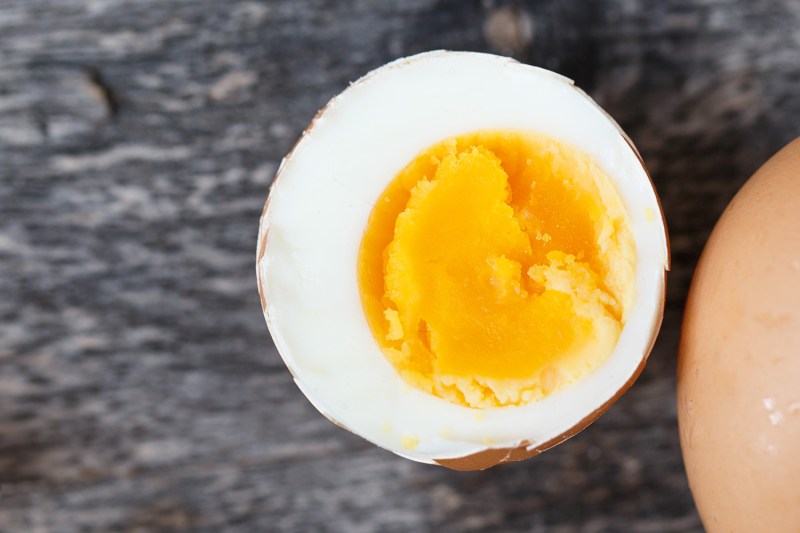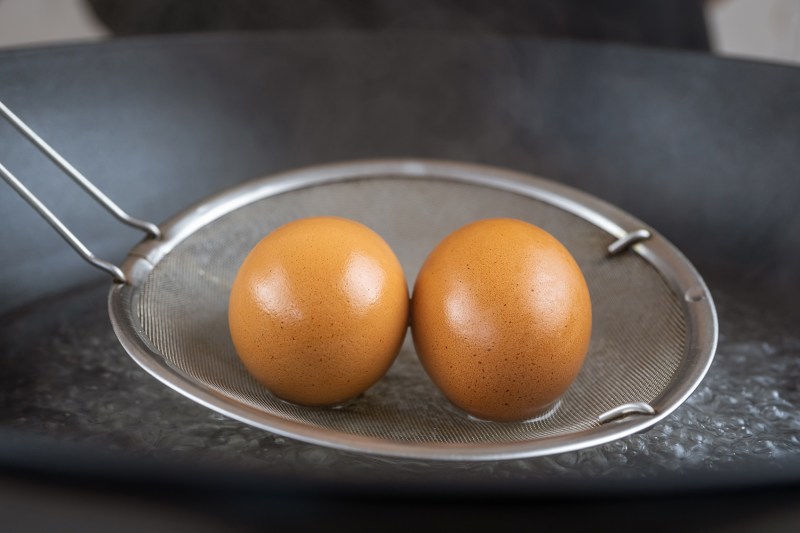
Looking for new, easy ideas breakfast or lunch while you’re stuck at home? What about the tasty, portable, and versatile hard-boiled egg? Outside of eating them whole, you can chop them, slice them, or add them to a variety of other dishes (hello, cobb salad). If you’re trying to plan ahead you can use them as part of a meal prep plan, or just make a bunch to have as snacks throughout the week. You can do it all with a good hard-boiled egg.
A bad hard-boiled egg, on the other hand, is just the worst. Undercooked, it will have a runny yolk that’s at best off-putting, at worst unsafe. Overcooked, a hard-boiled egg is tough and rubbery and borderline inedible.
So let’s avoid both overcooking and undercooking and do it just right. And let’s cut to the chase, shall we?
How to Hard Boil Eggs
1. Prep
To make perfect hard-boiled eggs, there are two “secrets” and a remarkably simple process. The first little trick is to start with room temperature eggs. Get the eggs you will hard boil out of the fridge at least a half hour before you cook them.
2. Boil Water
Once the eggs are near room temperature, bring a pot of water to a rolling boil, ensuring the water will fully cover the eggs.

3. Lower into the Water
Now, slowly lower each egg into the boiling water using tongs or a spoon, taking care not to crack the shell. Because obviously.
4. Wait
Leave the eggs in that boiling water for ten minutes. A few seconds more or less won’t hurt, but a minute either way probably will.

5. Cool
Once ten minutes have passed, it’s time for the second secret of the perfect hard boiled egg: rapid cooling. Pour off most of the water in the pot and then immediately start cold water flowing over the eggs, eventually filling the pot with cool water. You may need to dump all the water and refill it with cool water twice.
And… you’re done. You can now eat the eggs warm, or chill them in the fridge and enjoy them any time in the next week.
Here’s a little life hack for you, too: Use a permanent marker to write the date you cooked the eggs on their shell so you make sure you stay inside that safe one-week window.



